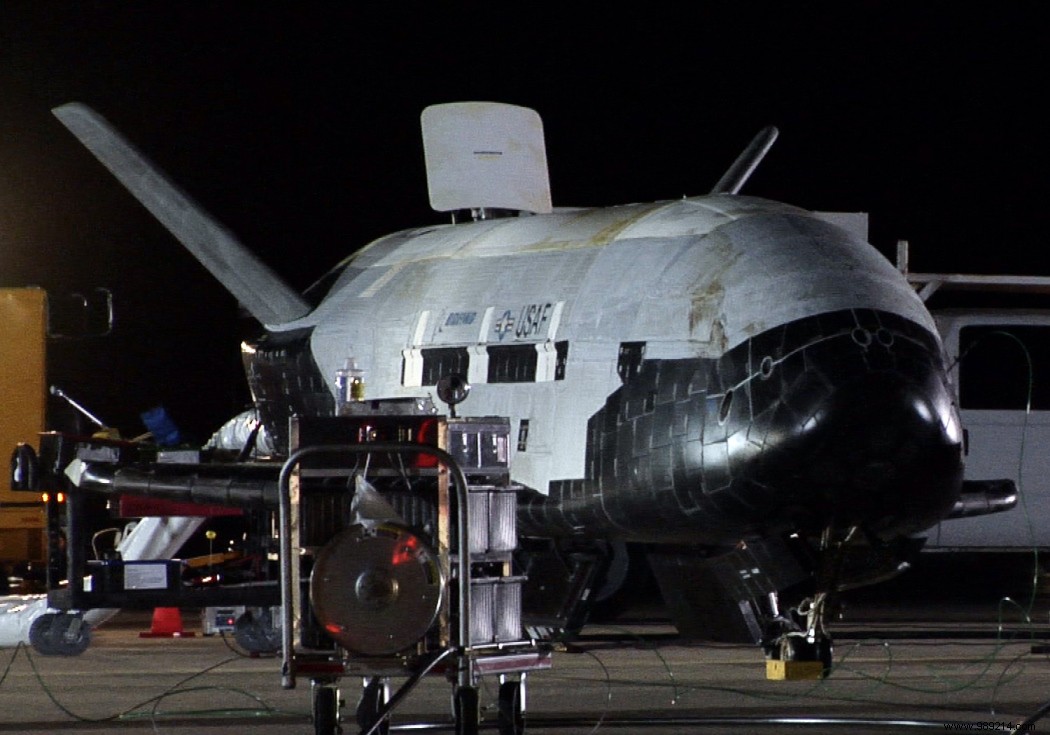China has just placed a mysterious reusable experimental ship in orbit. Little information has been released about this mission. Nevertheless, it could be a device similar to the X-37B space plane, deployed for a few years by the US Air Force.
Chinese authorities on Friday, September 4 launched a Long March 2F launch vehicle carrying an experimental spacecraft from the Jiuquan Satellite Launch Center. Everything was done discreetly. No images of the ship or the launch have been published to date. Chinese state media Xinhua reported the mission's success just under three hours after launch. The vessel, called Chongfu Shiyong Shiyan Hangtian Qi, was placed in orbit to "run tests “, according to the same media. It then landed successfully two days later.
Since 2010, the United States has carried out several "secret missions" using reusable vessels called X-37B (there are two of them) capable of orbiting between between 230 and 1,064 km altitude. Physically, imagine the old American space shuttles, but in "scale model". Each X-37B is 8.9m long and 2.9m high, with a wingspan of approximately 4.6m. For comparison, each space shuttle had a length of 37 meters and a wingspan of 24 meters.
The first version of this aircraft took off for the first time on April 22, 2010, spending almost 8 months in orbit before returning to Earth on December 3, 2010. Other flights were scheduled thereafter, with longer and longer stays. In 2017, one of these X-37Bs indeed flew for almost two years .
The exact nature of this mission, the fifth scheduled, had been largely classified, as with the first four. In response to speculation, the US Air Force eventually hinted that this project was developed to "test experimental electronics and heat-conducting technologies in a long-duration space environment ". Note that since May 16, the US Army is experimenting with a sixth flight (still in progress).

That being said, China declared in 2017 its intention to test a reusable spaceplane of the same type in 2020. This project had indeed integrated the "transport roadmap Space" published that year by China Aerospace Science and Technology Corp (CASC), the country's leading space contractor, Spacenews points out. . It is therefore a safe bet that this intention finally materialized this Friday.
Work carried out on the launch tower of the Long March 2F launcher in recent months, allowing the sending of larger payloads, also goes in this direction.